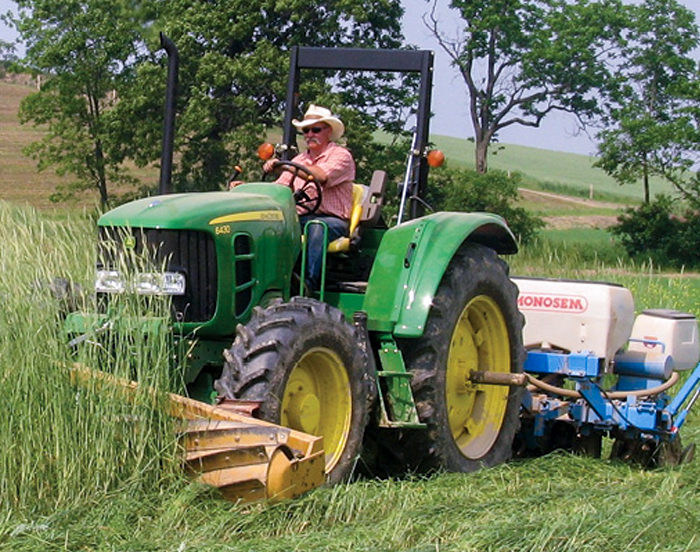No-Till Farmer
Get full access NOW to the most comprehensive, powerful and easy-to-use online resource for no-tillage practices. Just one good idea will pay for your subscription hundreds of times over.

One of the emerging trends in farming is a move toward organic practices. As consumers become more conscious about the origins of their food, no-tillers and strip-tillers are experimenting with transitioning acres into an organic system. The move can be a lucrative one, but as we recently learned from growers and manufacturers, a successful transition requires planning, patience and persistence.
No-Till Farmer editors interviewed manufacturers and farmers to get their advice, challenges and outlooks for the no-till organic farming market. Here are a few highlights from those conversations, touching on the economic benefits, transitional hurdles and equipment needs.
Currently, consumer demand is driving the market for organic food and growers can get a premium on certified organic crops. For example, the current price for commodity soybeans is about $9.00 per bushel, whereas the U.S. national average for organic soybeans was slightly below $22.00 per bushel at the end of 2018, according to Food Business News. Joe Bassett, president of Dawn Equipment, suggests, “organic no-till is the highest profit farming system. Most people don’t think it’s possible but there are macro trends amongst consumers who want more nutrient-dense food, who want a different set of qualities in their feed and food products,” and it’s up to producers to figure out how to meet this demand.
Some see vegetable crops as being a more lucrative market for organic growers, however. Says Curt Davis, marketing manager with Kuhn Krause, “When we talk about momentum and growth, I think it’ll be…